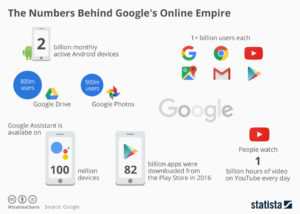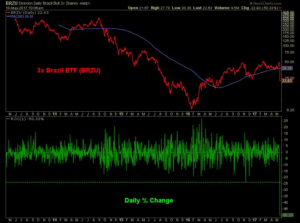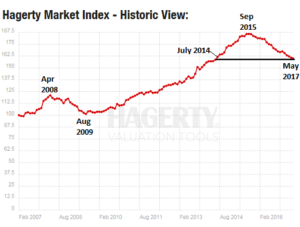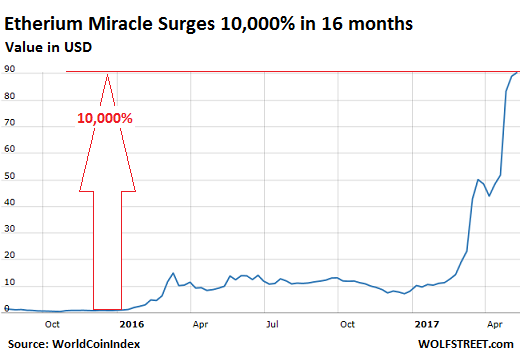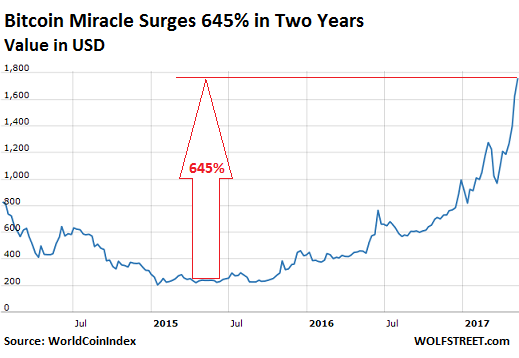How did Maharashtra manage to de-risk farmers.
Maharashtra is a rich state where its farmers are poor. And it isn’t because they don’t get loan waivers. Farmers remain poor primarily because they’ve been exploited. Their poverty stems from the government’s inability to de-risk them, and to infuse vision and wealth. The state government hopes to change this and initial results are encouraging. Chief minister, Devendra Fadnavis, is focused on building ponds and dams to ensure there is water for villages all around the year. He then abolished APMCs, giving farmers direct access to markets. Maharashtra also entered into an agreement with NDDB (National Dairy Development Board) which is mandated to promote milk cooperatives across India. Over the past year, with the help of NDDB, the state has gone about building collection centres in Vidarbha and Marathawada. The opportunity was evident to anyone who cared to see. Maharashtra’s cooperatives offered farmers just around Rs.18 a litre of milk, compared to Rs.28-31 offered by Gujarat’s cooperatives. Since the entire milk collection and distribution network was owned by these cooperatives (as was the APMC), it was imperative to set up a parallel network. Instead of Rs.18, Mahadev Jankar state minister for animal husbandry, dairy and fisheries began offering farmers Rs.26 a litre for cow’s milk and Rs.33 for buffaloes’ milk. The result was electrifying. By last fortnight, as against the average collection by the state of just 90,000 litres a day some six months ago, current daily collection has climbed to 11 lakh litres. Jankar wants to go a step further. He wants to give rural communities other ways of earning money. The idea is to de-risk the farmer, he says. So if the crops fail, he still makes money from milk. If that does not work out well enough, there is poultry and pig and goat rearing.
Read More
http://www.asiaconverge.com/2017/05/maharashtra-derisks-farmers/
ESPN and bursting of sports Bubble
When the cable TV sports giant ESPN announced 100 layoffs recently, including letting go a number of high-profile broadcasters, a lot of people took notice, and well they should: things no longer are business as usual in sports broadcasting, and we are not even at the beginning of the end, and maybe not even the end of the beginning .Like the slow crashing of the retail sector as online purchase firms like Amazon begin their domination, we are seeing a sea change in sports broadcasting and that is going to mean big changes are down the road not only for ESPN, but for all of the sports entities that depend upon the huge payouts that ESPN provides. To put it mildly, a lot of people are about to see their lives change drastically as consumer choices drive sports broadcasting in a new direction. ESPN is losing 10,000 subscribers every day so far in 2017. In the past six years they have lost 13 million subscribers and that subscriber loss is escalating each year. That’s billions of dollars in lost revenue. Every year for the next five years ESPN is spending more and bringing in less. You don’t have to be Warren Buffett to see that’s a business problem. To a certain extent, one can argue that both higher education and ESPN have benefited from “bubble” economies, and as consumer choice becomes directed elsewhere, the bubbles burst. As Carl Menger demonstrated, the bursting of the bubbles will mean that some factor owners will have to receive less pay in order to remain employed, while other factors will have to be transferred to other uses altogether or simply become unemployed. All soothing rhetoric aside, the world of sports broadcasting is going to see major changes in the next decade as consumers have their say.
Read More
https://mises.org/blog/espn-and-bursting-sports-bubble
Whatever Beijing May Say, But A Credit Downgrade Right After the OBOR Jamboree Is Embarrassing.
Moody’s downgraded China’s sovereign credit rating from Aa3 to A1 and upgraded its outlook for the rating to ‘stable’ from ‘negative’. That is, it does not expect to downgrade China again anytime soon. The fact is that this is the first China rating change by Moody’s in nearly thirty years. It does make people sit up and take notice. Second, China has just come off the One Belt One Road conference where it assembled many foreign leaders. It was almost an emperor’s durbar with the little chieftains in attendance. Hence, to have this happen within a week of that jamboree is a bit of an embarrassment that China could have done without. The downgrade, while being meaningfully negative for those borrowers that rely on the sovereign rating to price their own debt, may also make the Chinese government think a bit harder about the next round of debt-funded reflation once it gets bored or frightened of the current round of de-leveraging that it is supposedly pursuing .It is also possible that the scale of the estimates being touted for the ‘One Belt One Road’ initiative might have influenced Moody’s after all he number is variously estimated at 900 billion to 1 trillion US dollar in debt funding.
Read More
Life After NATO
For all intents and purposes, the North Atlantic Treaty Organization – the foundation for American security for the past seven decades – ceased existing on May 25, 2017.While attending a highly anticipated (some might say dreaded) meeting with NATO heads of state and government in Brussels, U.S. President Donald Trump delivered a speech railing against member-states who have failed to meet economic obligations to the defense pact, going so far as to indirectly abrogate the alliance’s cornerstone: the provisions for collective defense under Article V of the treaty. Peter Zeihan writes that We have not had large-scale regional – much less global – competition outside of the American-Soviet rivalry for 70 years expressly because the Americans took care of pretty much everything. But the Americans have been moving slow-motion in the general direction of disengagement from their Cold War alliance system since 1989. Today’s developments are not the final word on that disengagement, this is simply the end of the interim where people didn’t really know where the Americans stood. We are only now starting to understand the degree to which the Americans just are not going to be there. Remove the Americans and every country in the world – starting with the European nations – needs to figure out how to look after their own economic and physical security. Different countries will have different ideas of how to do that, and many of those ideas will be mutually exclusive. History is about to start moving again.
And history is bloody.
Read More
http://us11.campaign-archive2.com/?u=de2bc41f8324e6955ef65e0c9&id=4b5fd9c464


